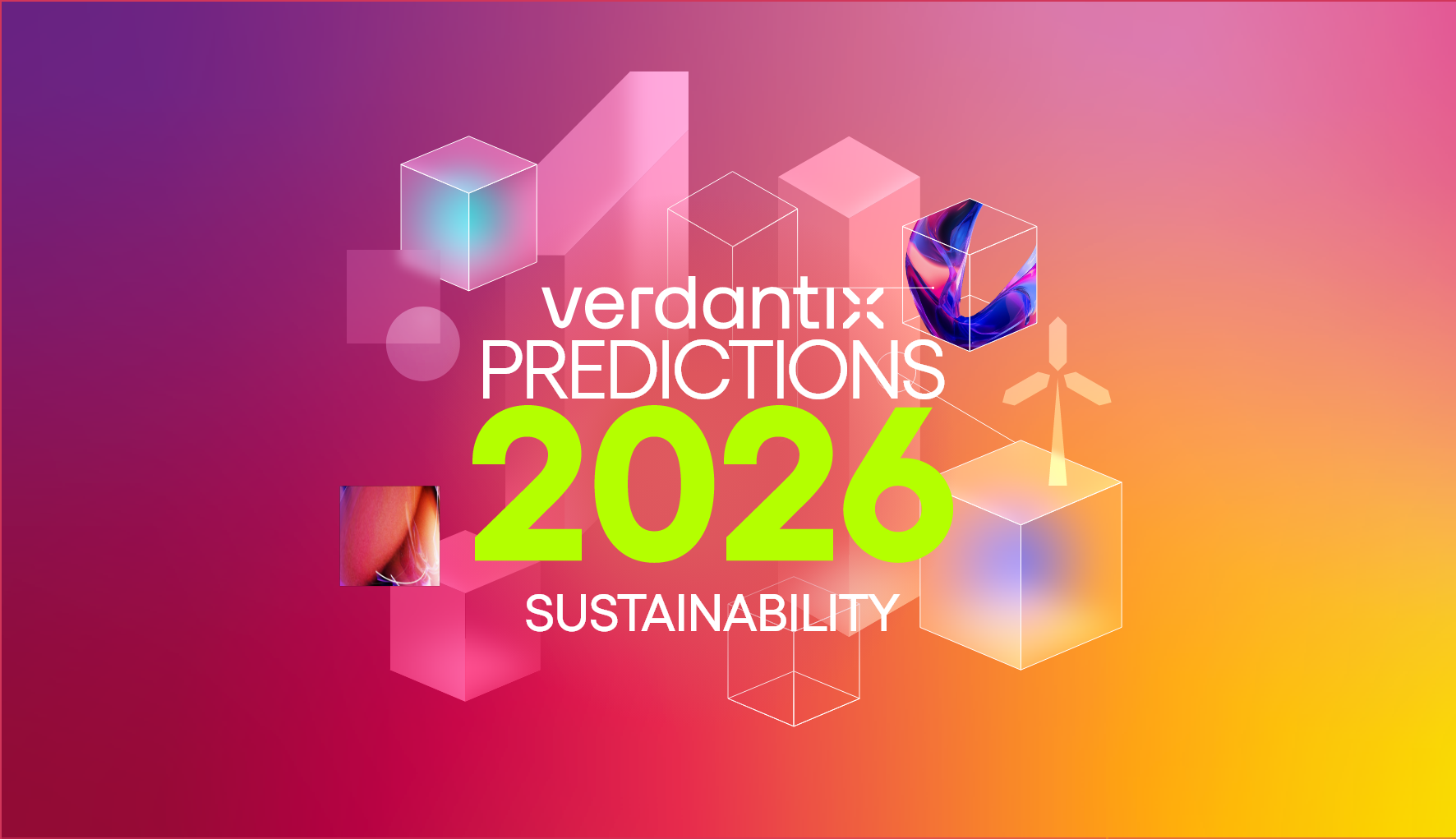When Product Stewardship Intersects With Supply Chain Sustainability
Many organizations rely on active participation from different stakeholders across the business to drive sustainability forward. Regulations such as the EU Circular Economy Action Plan (CEAP) and the EUDR drive the overlap between product stewardship and supply chain sustainability, brought together by increasing demand from consumers for sustainable products.
Managing sustainability across products and suppliers is challenging, particularly for firms with complex supply chains. Indeed, over half of the firms in the Verdantix 2024 ESG and sustainability global corporate survey identify the need to fund improvements in processes related to product and supply chain sustainability information as either a top or a high priority. Similarly, 80% of organizations require access to more alternative suppliers, products, materials or ingredients as one of their top two initiatives to lower ESG and sustainability risks in the supply chain. As firms deal with the threat of potential sanctions for non-compliance and reputational damage, the future of product data must integrate compliance, sustainability and circularity information, made accessible to third parties and consumers alike.
The overlap between product stewardship and supply chain sustainability creates a space for innovation, with tech vendors addressing sustainability efforts at a product and material level. For example, Makersite – an AI-powered platform for product lifecycle intelligence – has partnered with PTC’s enterprise PLM product to bring together fragmented supplier data and support product development teams in balancing product performance, environmental impact and compliance obligations. Also, sustainable product and material traceability solutions – such as Circularise, Oritain and Textile Genesis – collect, manage and certify information on the origin of raw materials and associated risks through the life cycle, which can support sustainable procurement, product declarations and the success of circular product strategies.
Additionally, providers that support many of these drivers can tap into risk, compliance and sustainability agendas from a strategic standpoint. For example, vendors such as 3E leverage their software heritage on product and chemical compliance to support access to suppliers’ product sustainability information. Similarly, iPoint-systems draws on its LCA expertise to offer granular data on products and materials’ sustainability impact. More recently, Assent launched its Assent Sustainability Platform (ASP) to eliminate redundant processes for suppliers and support data transparency at a product and sustainability level.
To learn more about the various digital solutions navigating these synergies across products and supply chains, see Green Quadrant: Supply Chain Sustainability Software 2024, Smart Innovators: Sustainable Product And Materials Traceability Software, and Tech Roadmap: Circular Economy And Supply Chain Sustainability Technologies (2024).
About The Author

Elisa Molero
Senior Analyst





